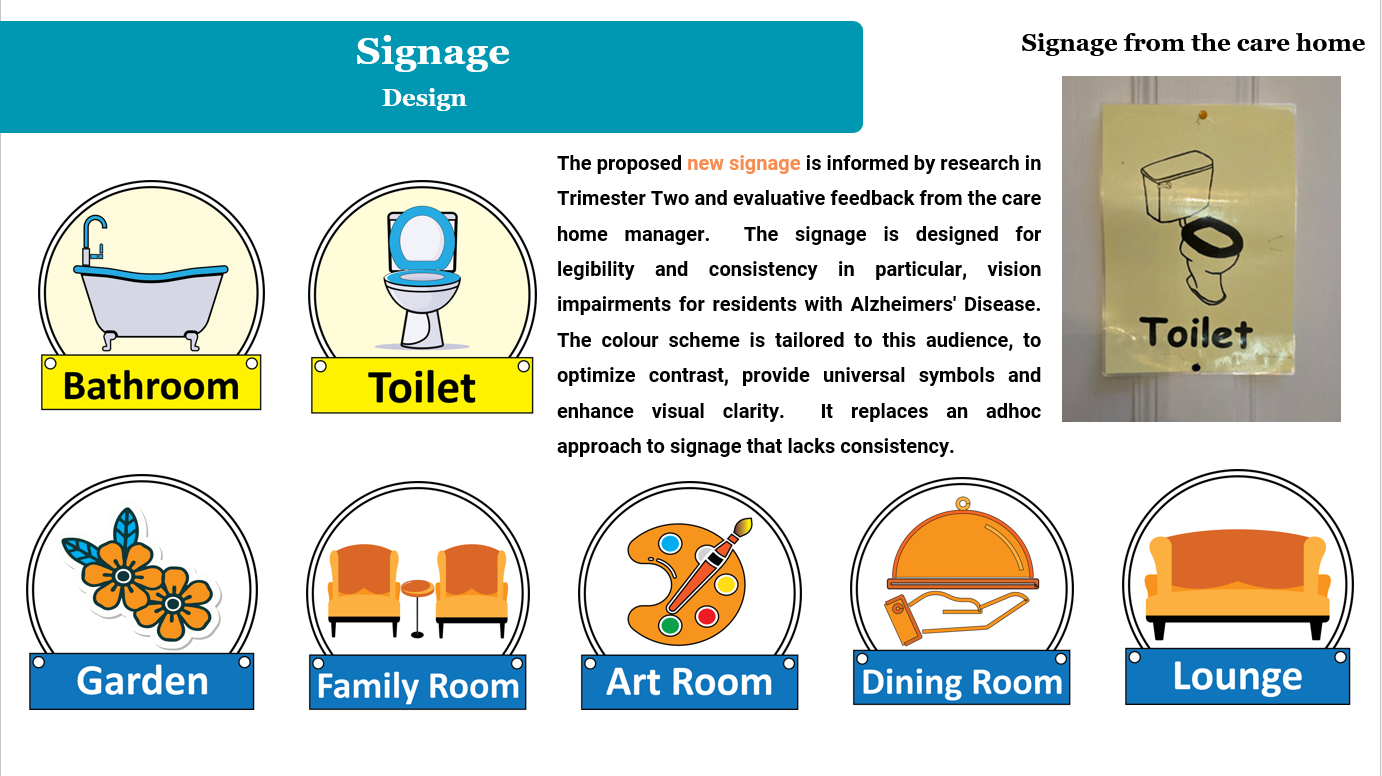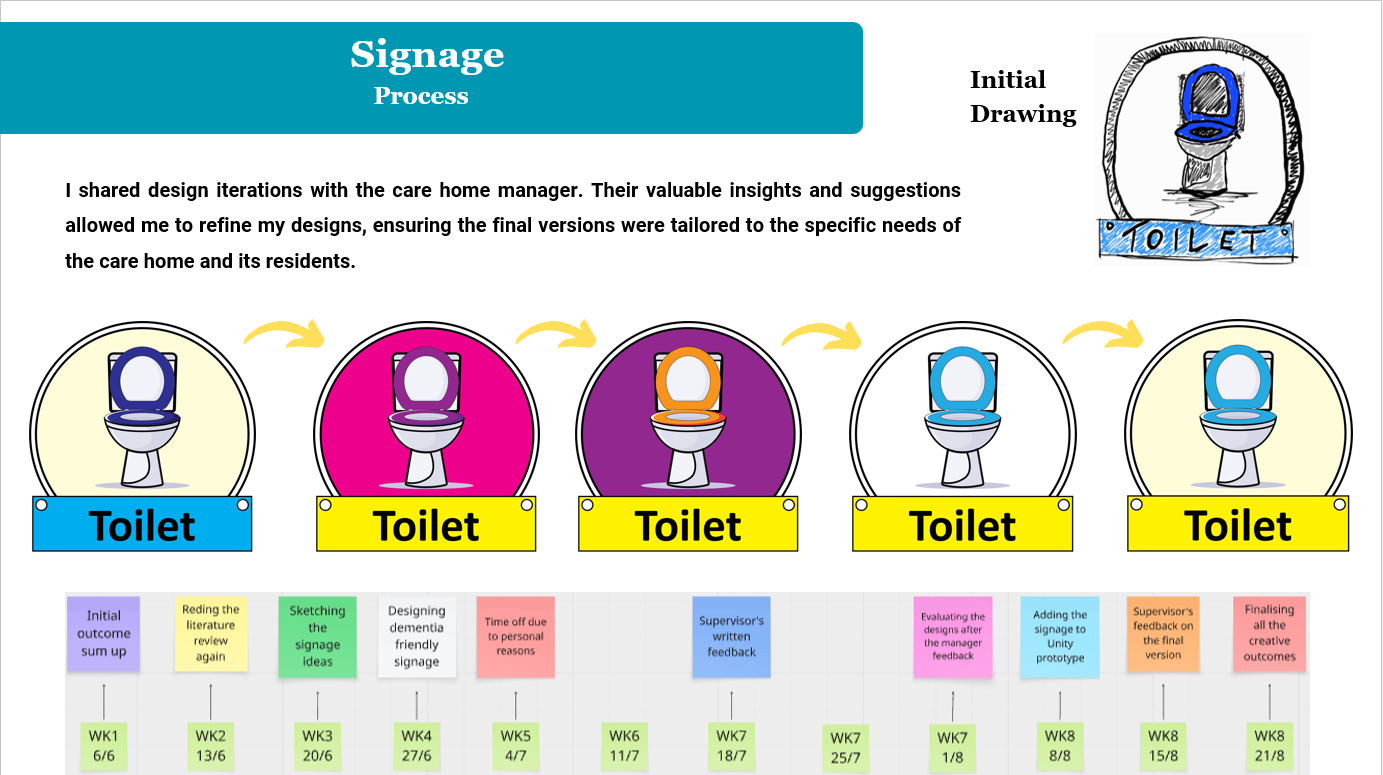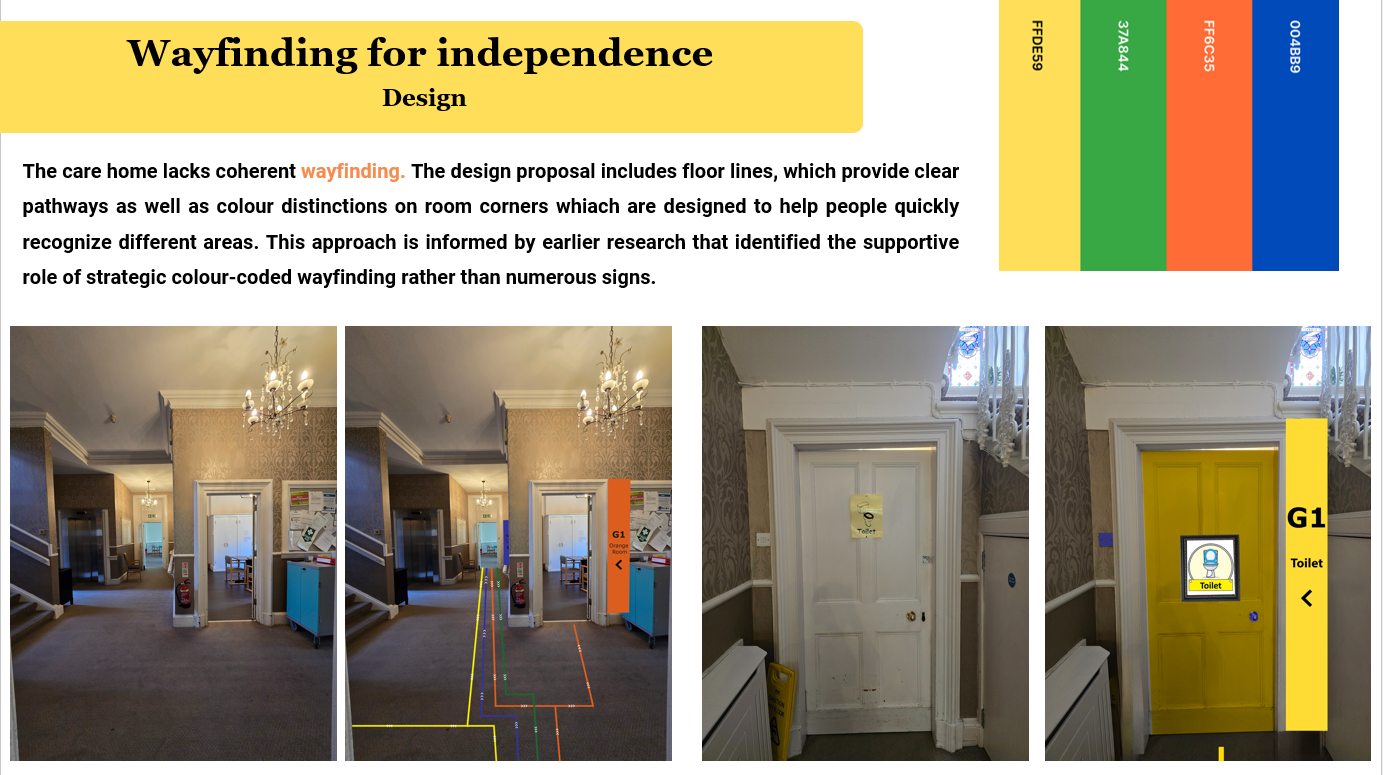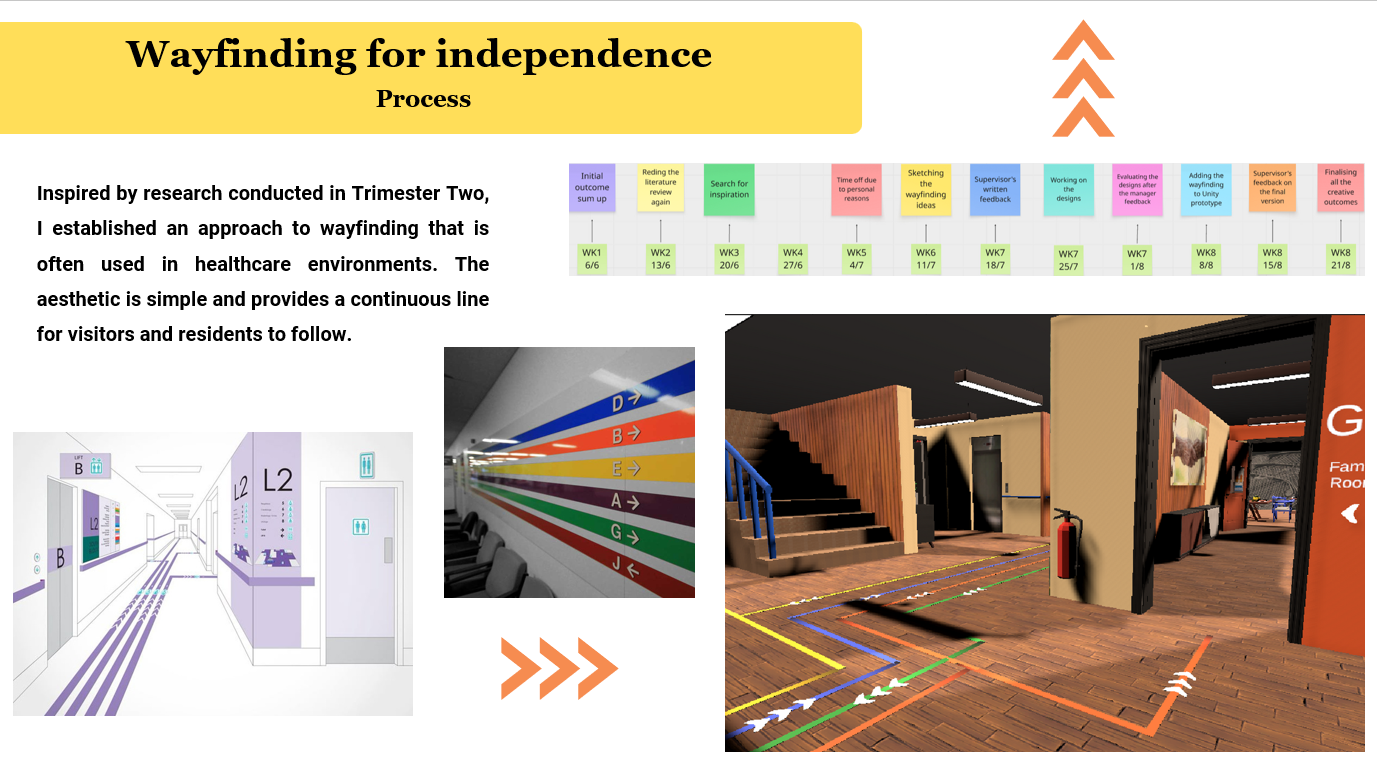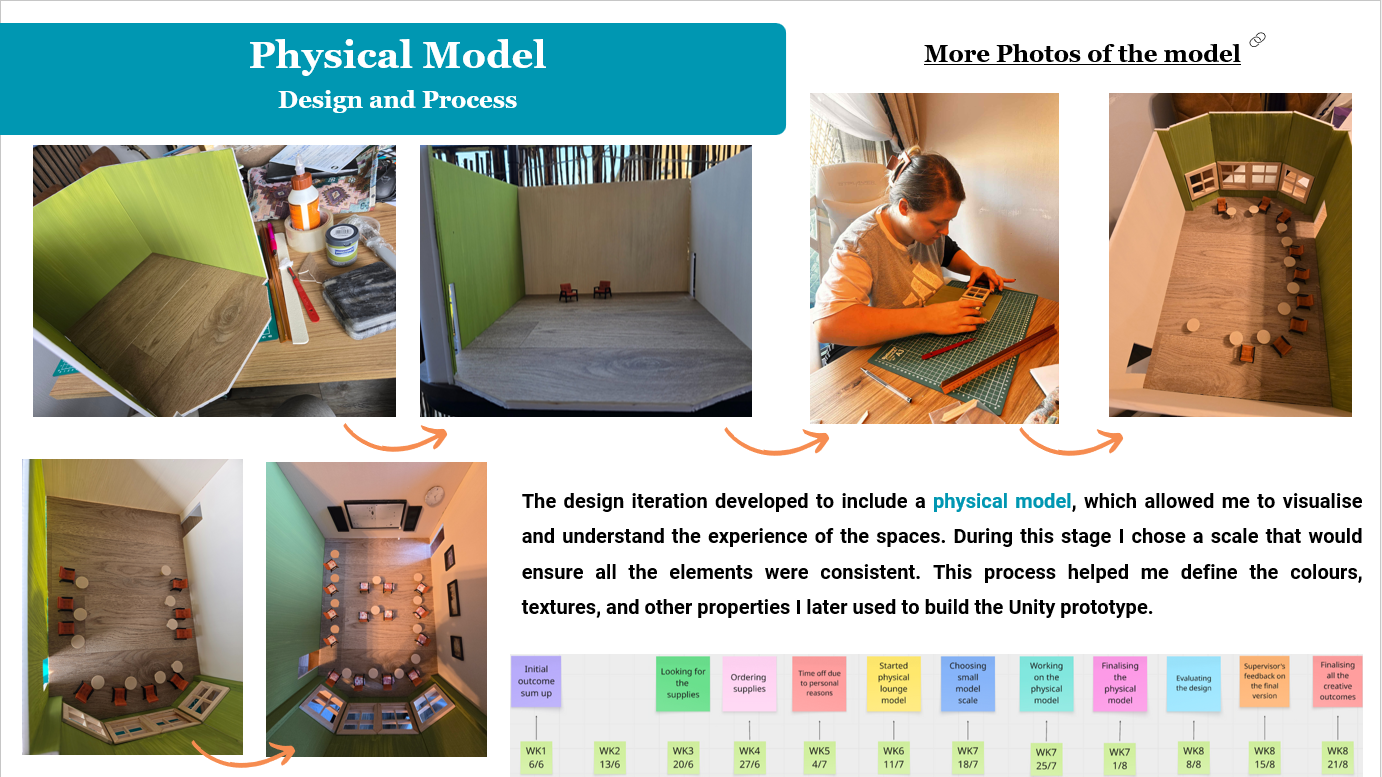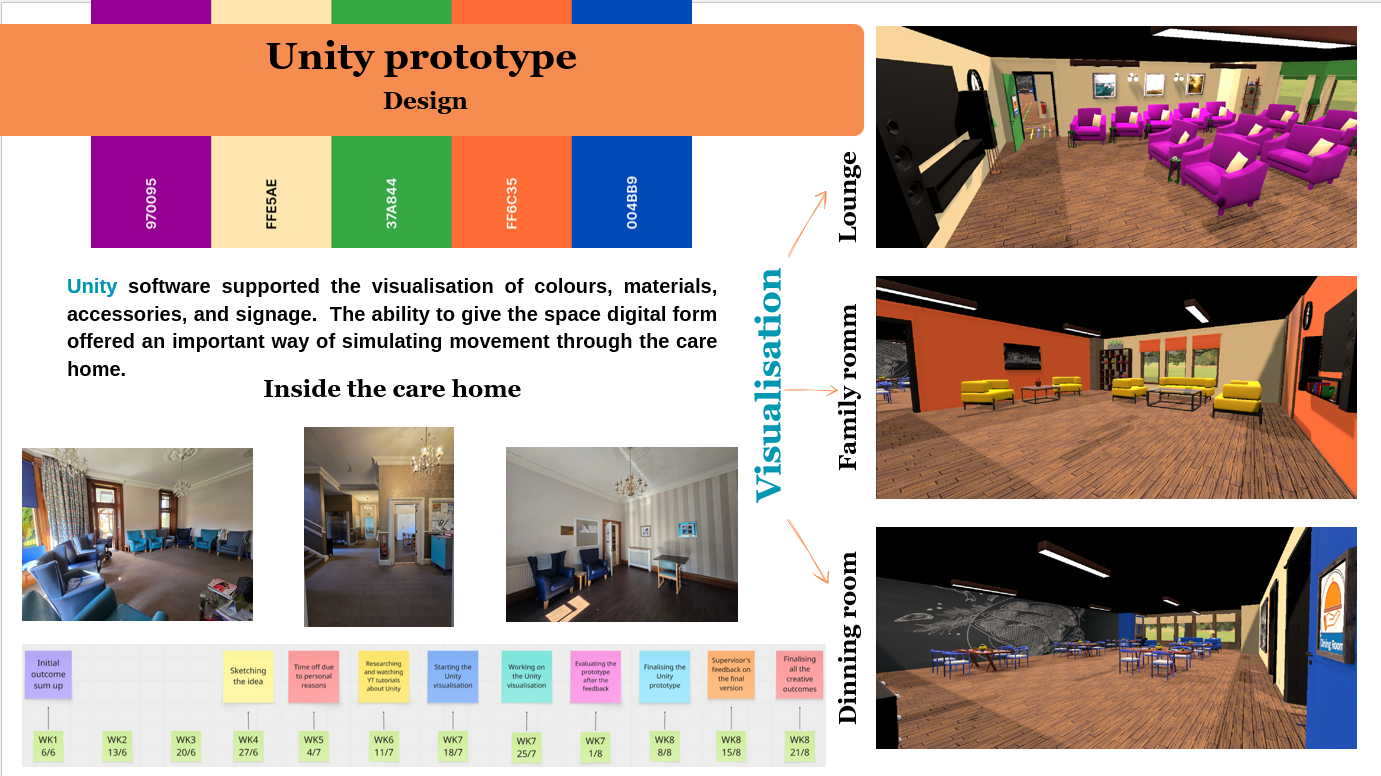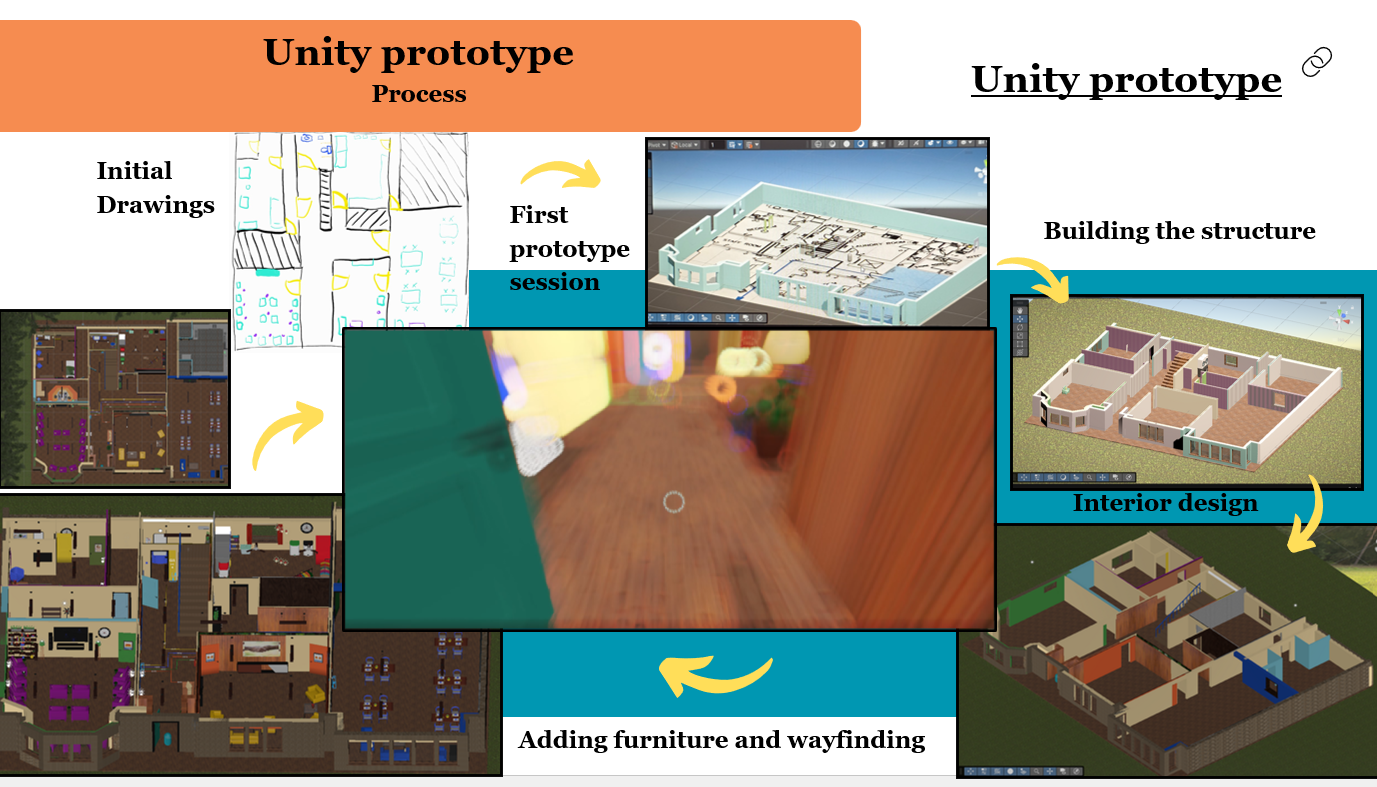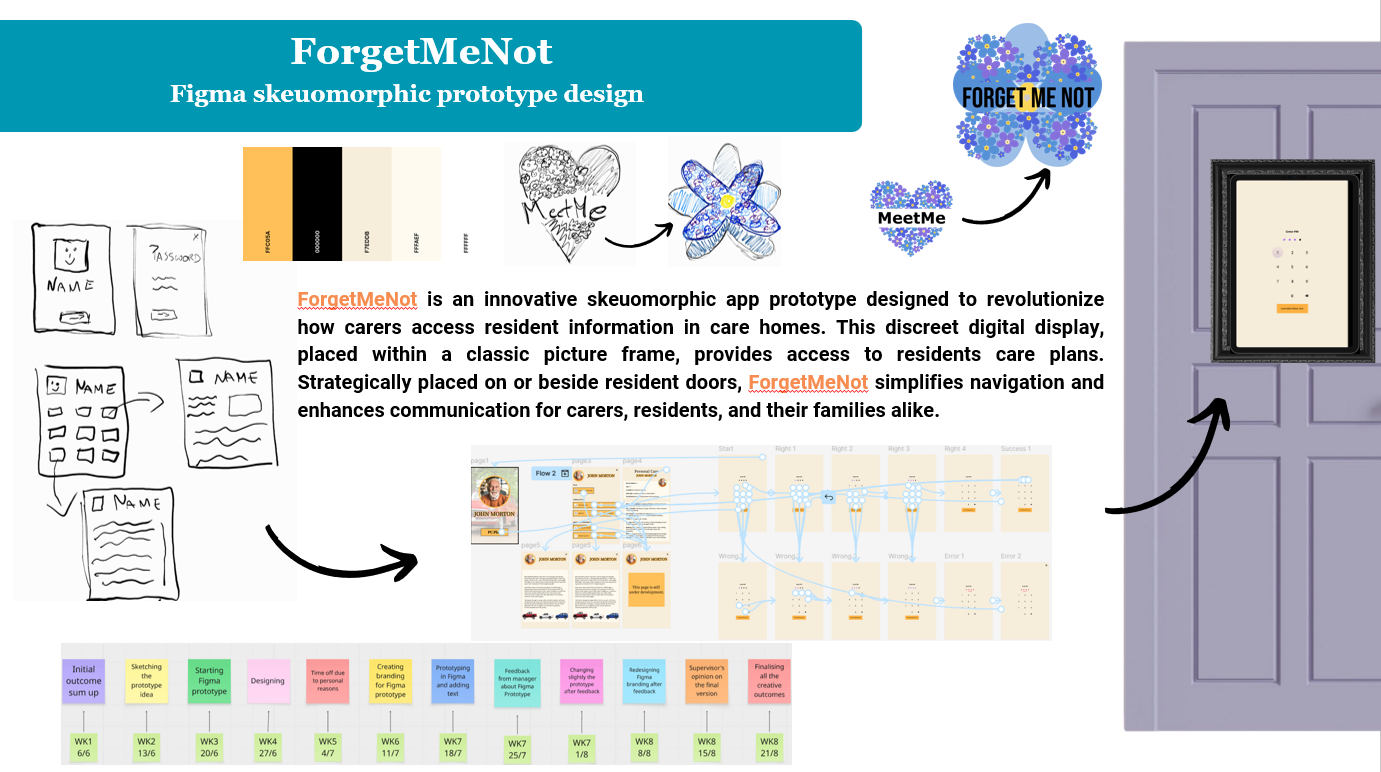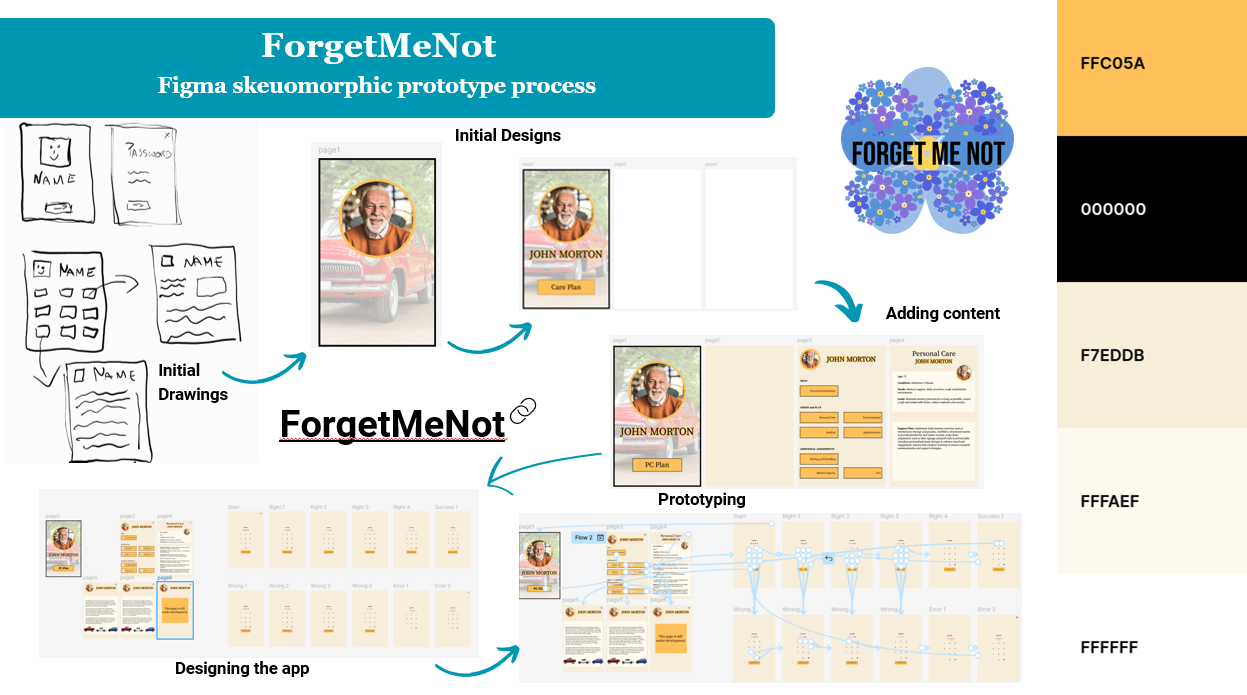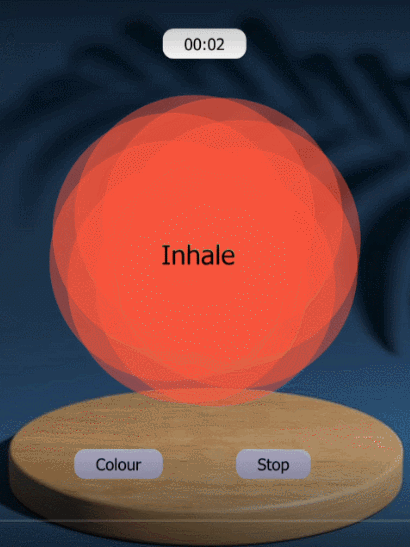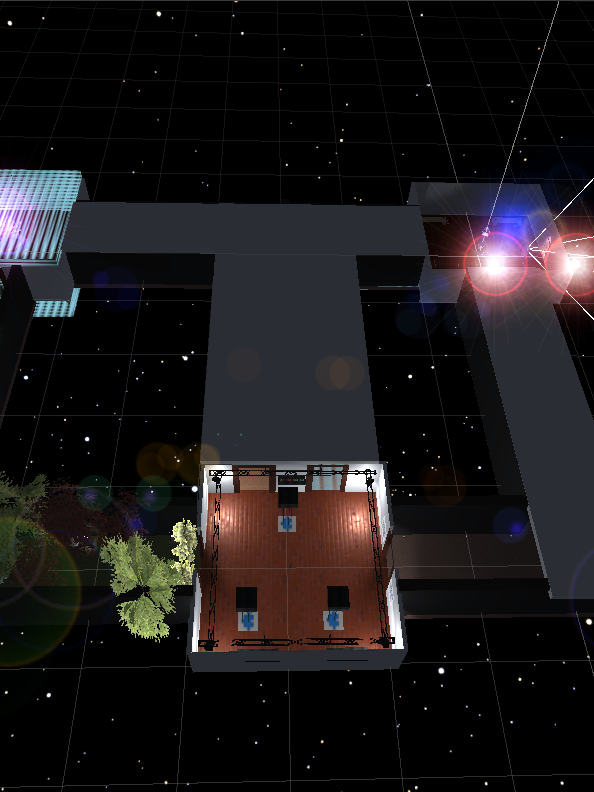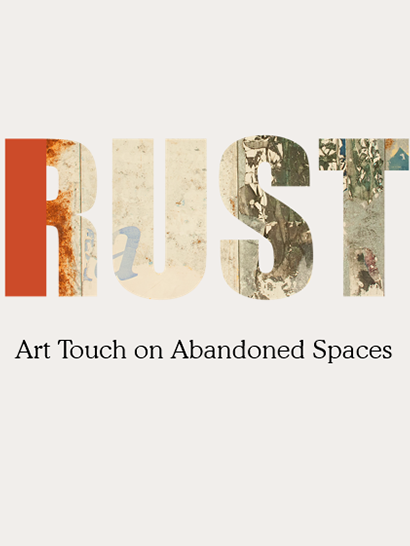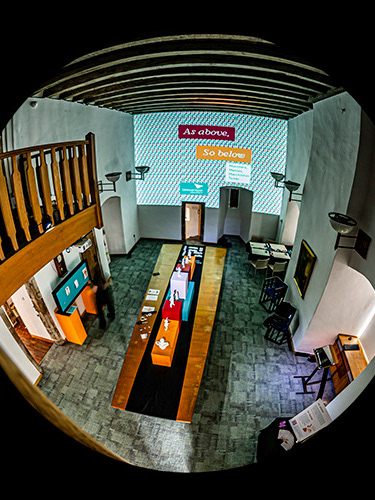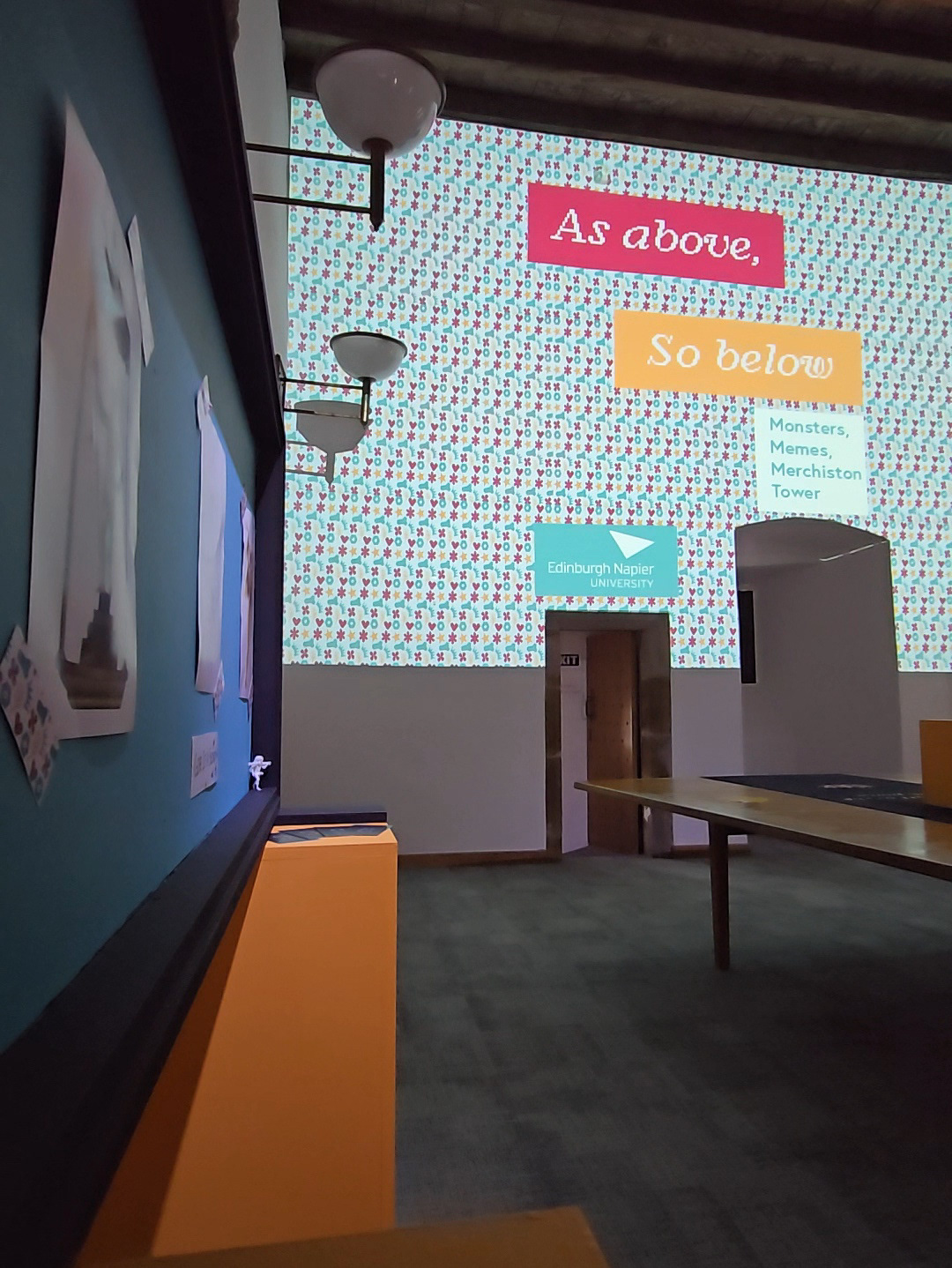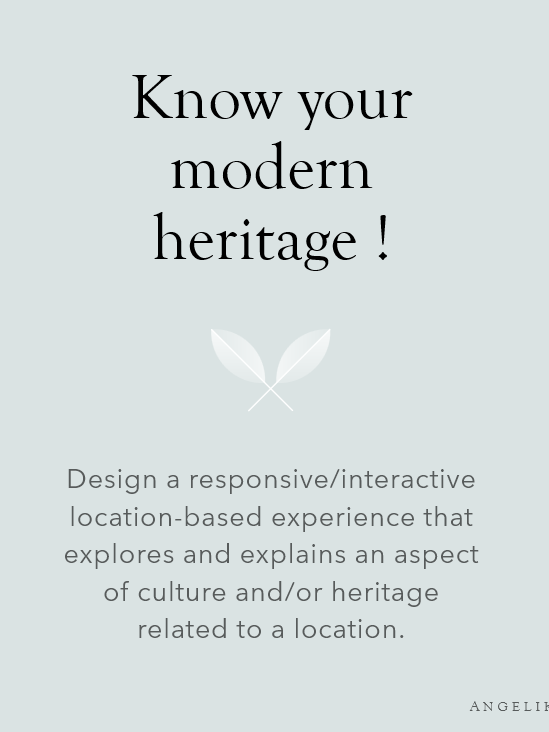An investigation of how to design strategies for care home environments focusing on resident independence and well-being.
The aim of the project was to support independence through design within the care home setting. This aim was informed by user-centred design strategies in care home environments where residents’ well-being and independence are prioritised.
I was able to identify numerous gaps in the ‘design for independence’ that informed the trajectory of this project. I decided to investigate the following areas:
Universal Accessibility
Familiarity
Person-Cantered Design
Promoting Independence and Well-being
Technology Engagement and Connection
ForgetMeNot is an innovative skeuomorphic app prototype designed to revolutionise how carers access resident information in care homes. This discreet digital display, placed within a classic picture frame, provides access to residents care plans. Strategically placed on or beside resident doors, ForgetMeNot simplifies navigation and enhances communication for carers, residents, and their families alike.
Unity software supported the visualisation of colours, materials, accessories, and signage. The ability to give the space digital form offered an important way of simulating movement through the care home.
To achieve the aims described above, a design thinking process (see Figure X) was the most appropriate methodology. This approach supported a deep, human-centered, iterative, and non-linear problem-solving approach without requiring direct interaction with vulnerable groups.
Outcome Design and Process
